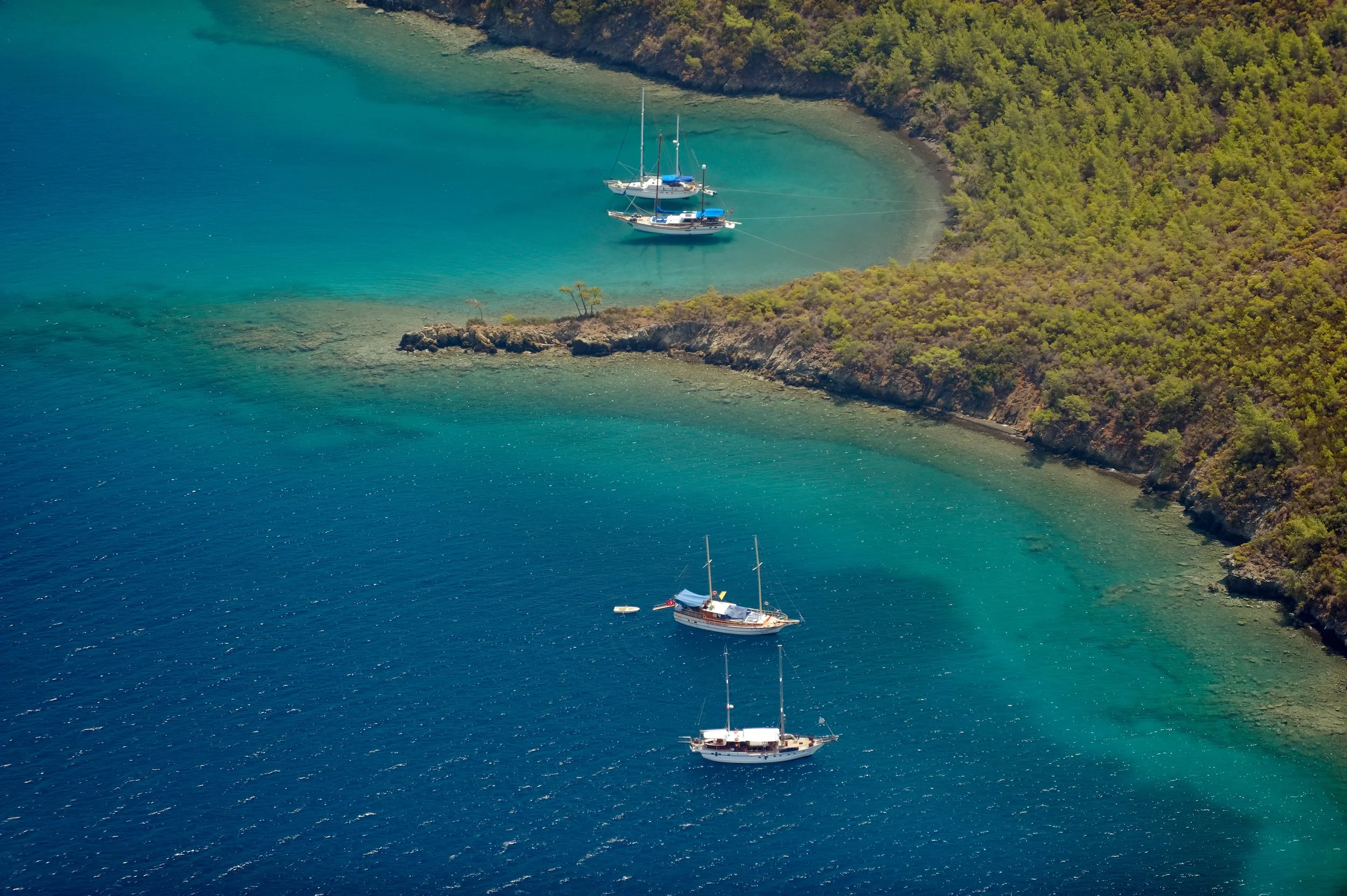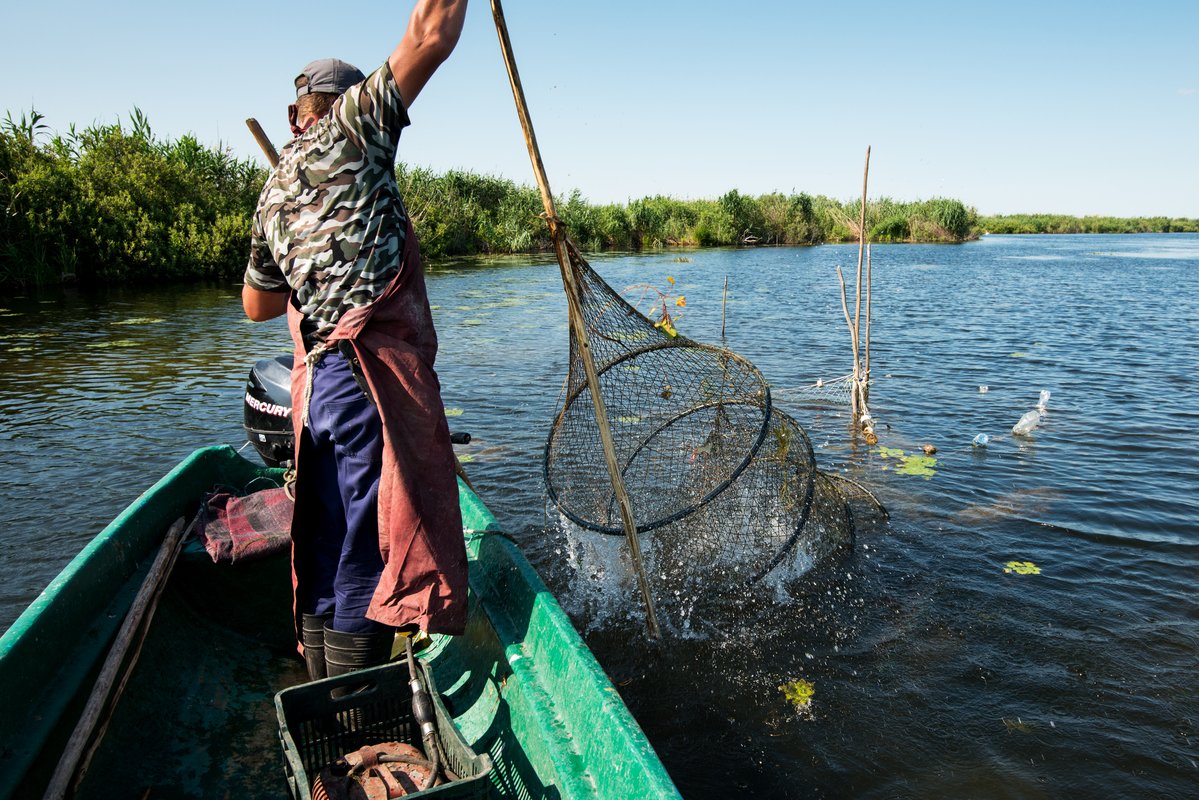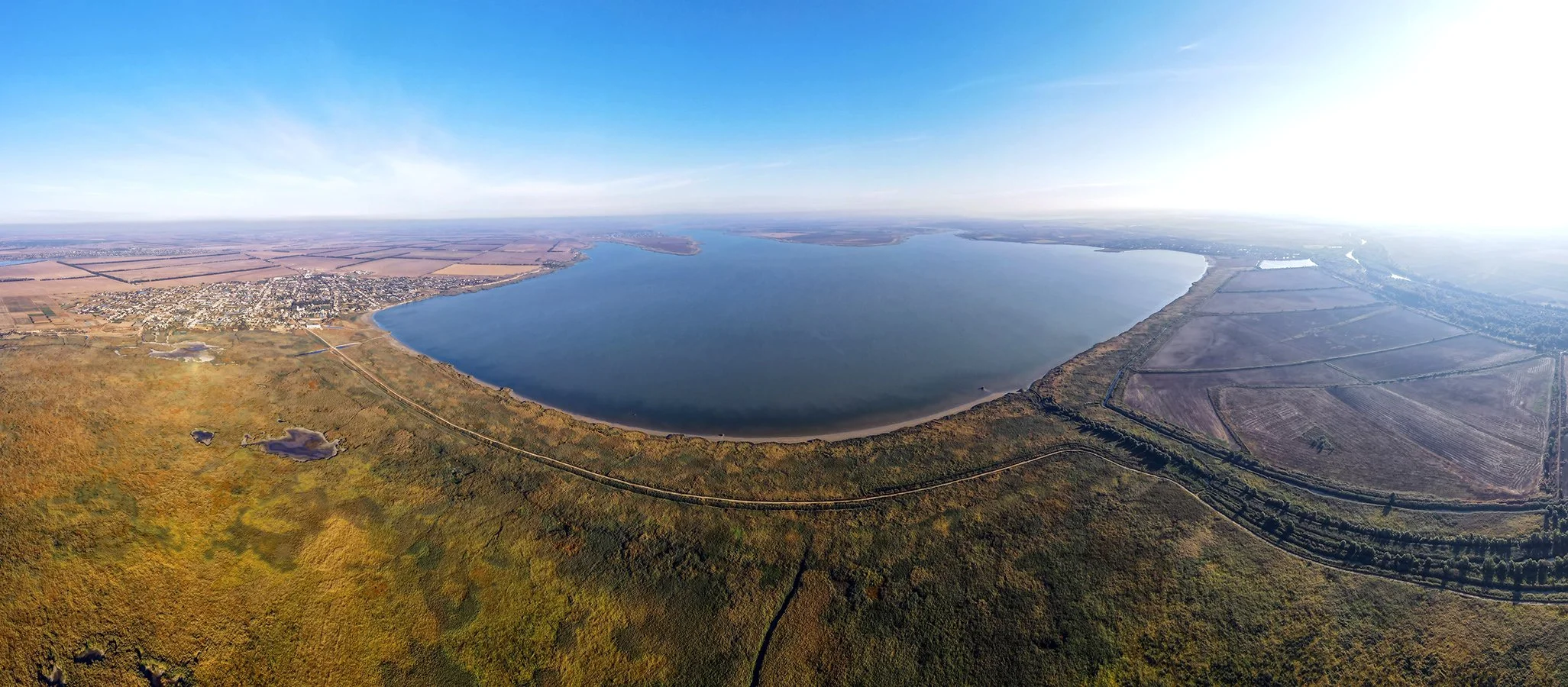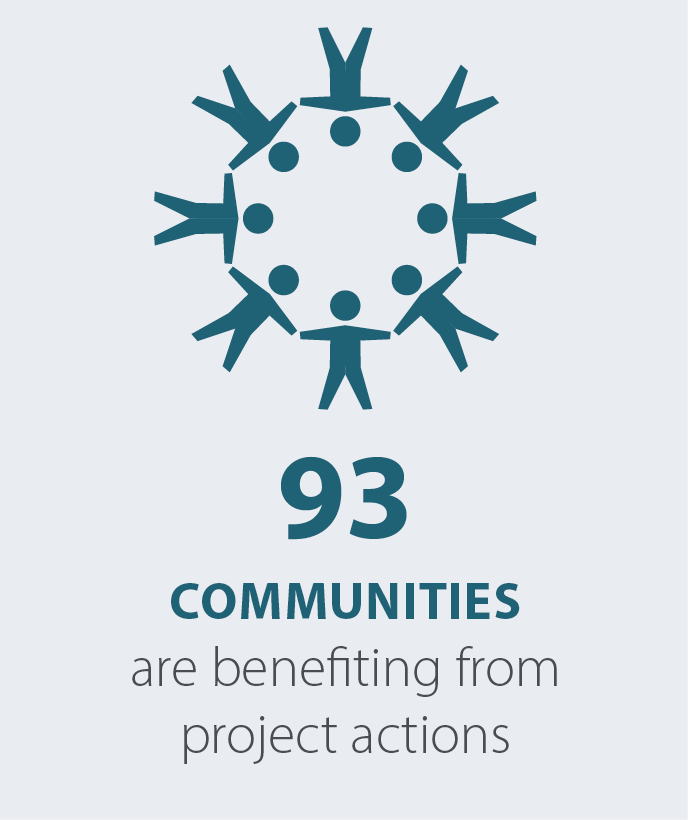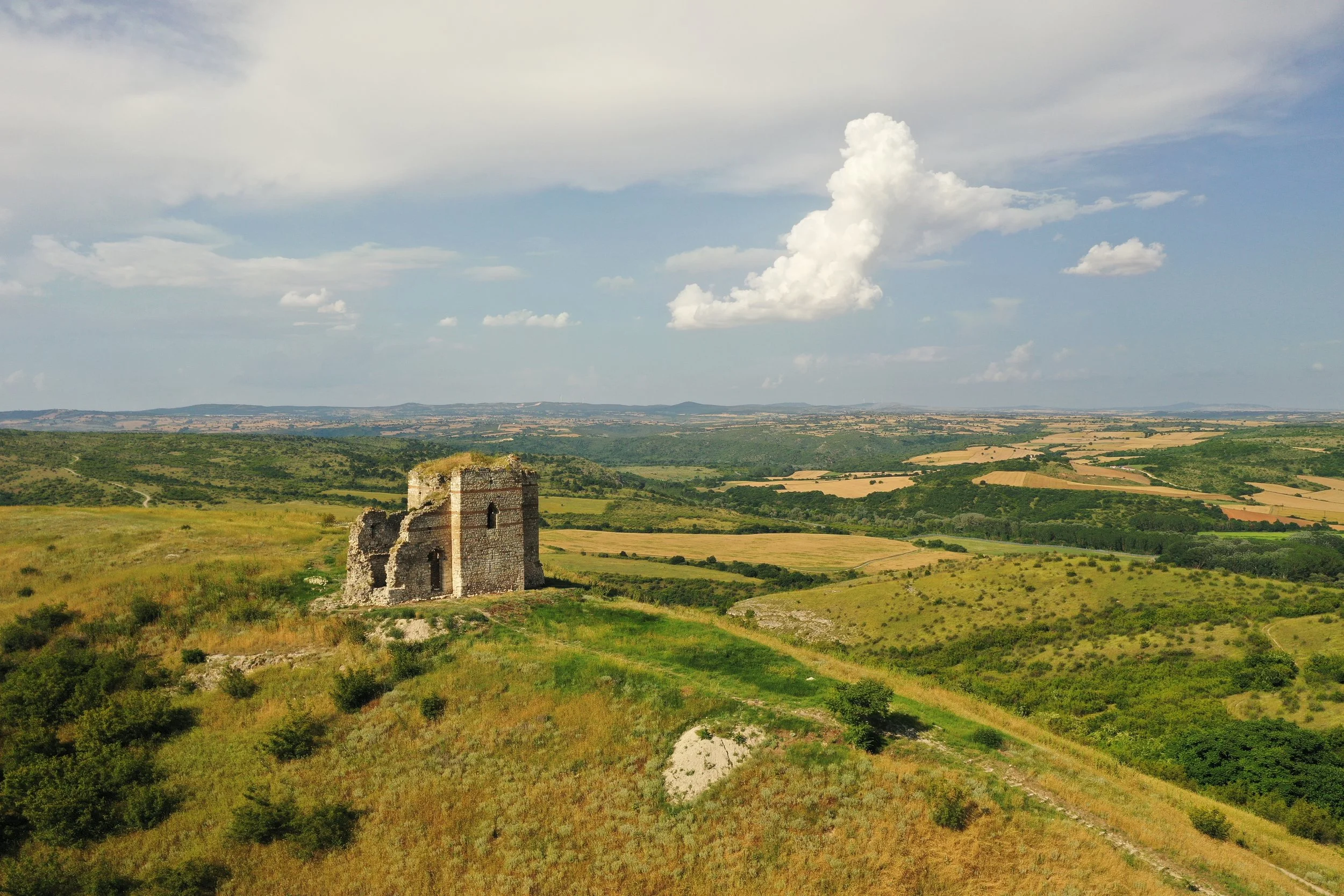
Introduction
2023 was another year of record breaking for the environment – but the records that made the headlines were not positive. It was the hottest year on record, with global temperature rises bringing the world dangerously close to breaching key international climate targets. IUCN completed the first comprehensive assessment of the world’s freshwater fish species, revealing that 25% (3,086 out of 14,898 assessed species) are at risk of extinction. Change and losses of this magnitude have significant consequences for people everywhere, with those who are poor and marginalised most adversely affected.
Faced with these problems it might seem sensible to ask what is most important to address – climate change or biodiversity loss? But the good news is that these two existential crises are linked and can be fixed at the same time. By restoring naturally functioning ecosystems at landscape scale, including by re-introducing keystone species like large herbivores that restore ecosystem dynamics, it is possible to reverse the decline of biodiversity, sequester carbon, create ecosystems that are resilient to climate change, and provide a basis for local nature-based economies that improve people’s economic and social welfare.
This is exactly what the ambitious projects funded by the Endangered Landscapes & Seascapes Programme have been doing over the last 12 months. Each of the ELSP’s 14 restoration projects demonstrates how restoration can benefit both nature and people. Mires are being rewetted, lagoons reconnected to the river system, forests have been replanted or are naturally regenerating, oyster beds are being repaired and mudflats rebuilt – and species are responding to these habitat changes.
These successes, the result of hard work by dedicated teams around Europe, give us hope. They inspire us and demonstrate that irreversible climate change and the relentless loss of species are not inevitable - there is another path that can be followed. Progress on that journey was boosted in 2023 by a further generous gift from Arcadia of an additional US$72 million, funding that will support the programme until 2031.
Structured according to the programme’s strategic objectives, this review presents some of the highlights of the ELSP for 2023. Credits for all images used can be found in this photo gallery.

Our vision is for a future with landscapes and seascapes in which populations of wild animals and plants flourish, where there is space for the natural functioning of ecological processes, where the cultural, social and economic values of nature to people are supported and respected, and where nature and people are resilient to ecological shocks and stresses such as climate change.
Funding restoration
Funding ambitious, inspirational large-scale restoration projects across Europe.
Read more >
Exchanging knowledge
Exchanging knowledge for effective landscape and seascape restoration.
Read more >
Advancing and applying knowledge
Advancing and applying knowledge of ecological restoration.
Read more >
Inspiring action
Inspiring action by sharing positive stories from project landscapes.
Read more >
Amplifying our impact
Amplifying the impact of our programme.
Read more >
Projects funded by the Endangered Landscapes & Seascapes Programme are working across Europe restoring ecosystems at scale for the benefit of nature and people.
Water flow restored to entire lake system in the Danube Delta. In the 20th century, the delta was subject to large-scale hydro-engineering, disrupting water flow and biodiversity. The recent project reconnected the Danube River and Katlabuh Lake via Staronekrasivski Wetlands, rejuvenating an 8,500-hectare wetland system and benefiting local communities and ecosystems. Read more >

Rewilding Portugal's CÔA – Corridor of Arts Festival in the Greater Côa Valley merged art, nature, and culture, attracting 7,000 visitors. Spread over five weekends in five municipalities, it featured cinema, theatre, music, markets, workshops, and nature walks, fostering community pride and promoting ecological restoration. Read more >
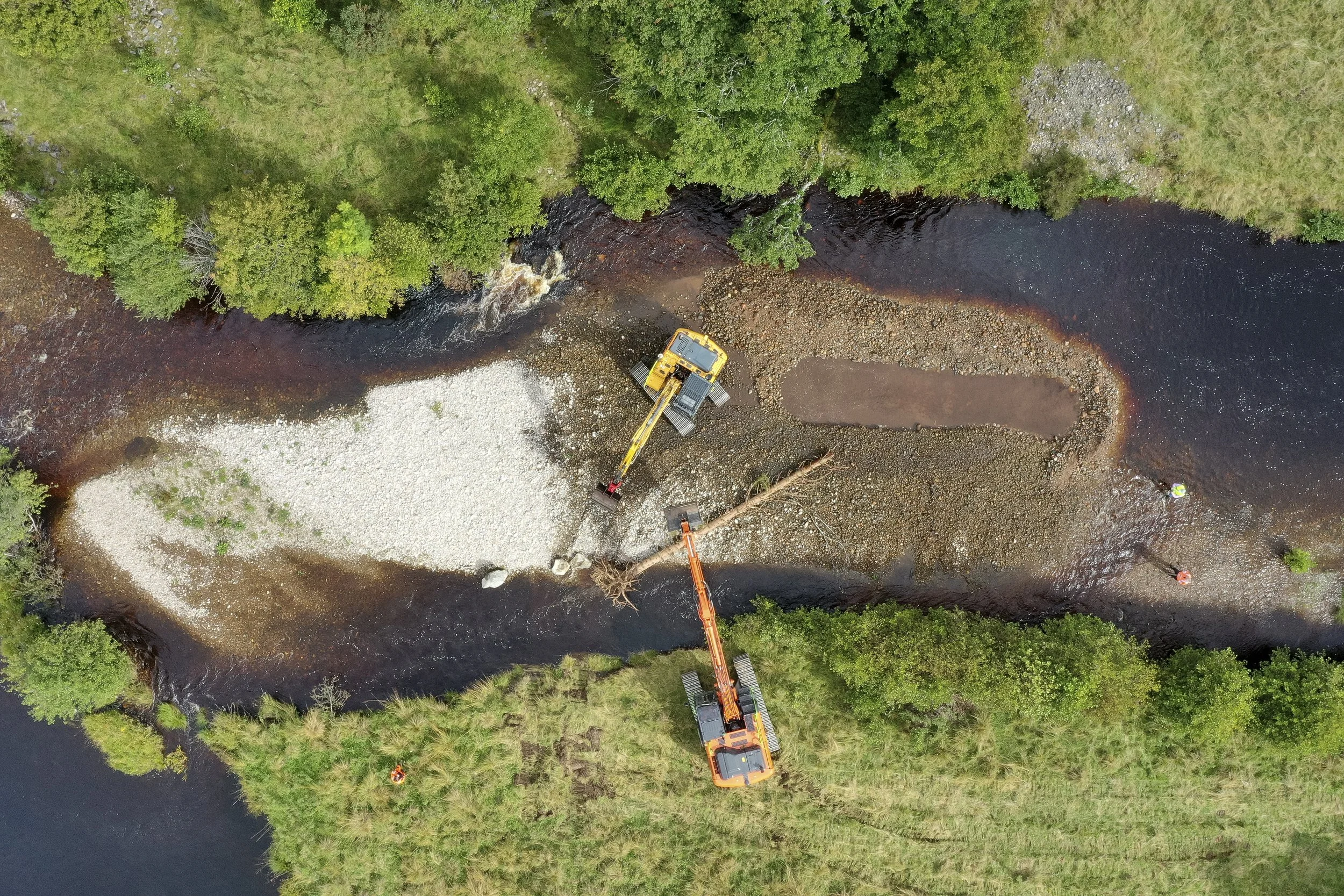
Uprooted trees helped to restore a river in the Cairngorms. The floodplain was altered for agriculture in the 18th and 19th centuries, straightening and narrowing rivers like the Tromie. Uprooted trunks were installed in the river, helping channels to meander, enhancing habitats and climate resilience. Read more >
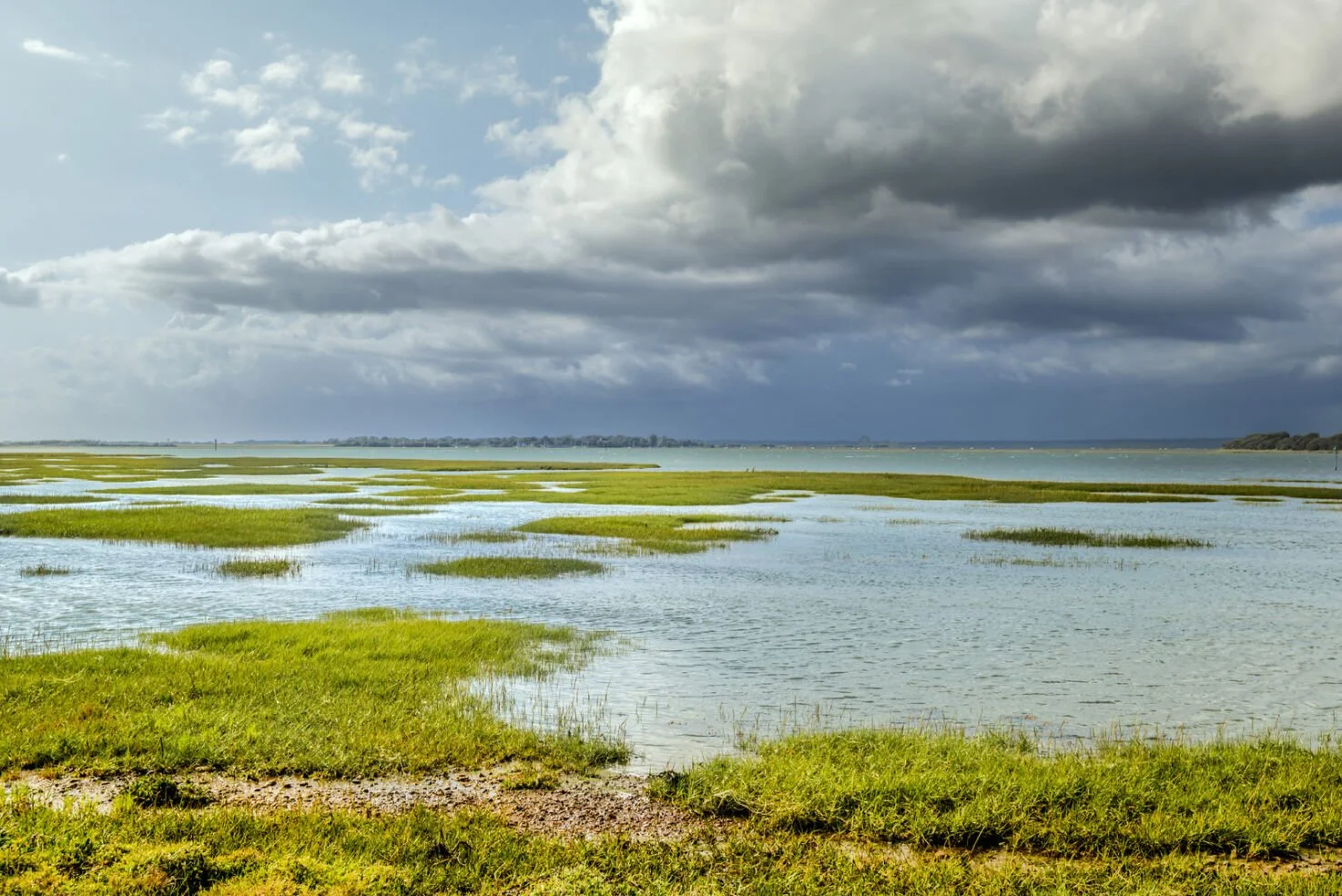
The Solent Seascape Project breaks ground with pioneering saltmarsh restoration in the UK. The project aims to prove that sediment dredged from marinas can rebuild degraded shorelines and reverse saltmarsh decline. They will repurpose 2,500 cubic meters from Chichester Harbour. Unlike traditional methods, a large sleigh will pull sediment up the shoreline in stages, allowing pioneer saltmarsh species to recolonise and stabilise the area. Read more >
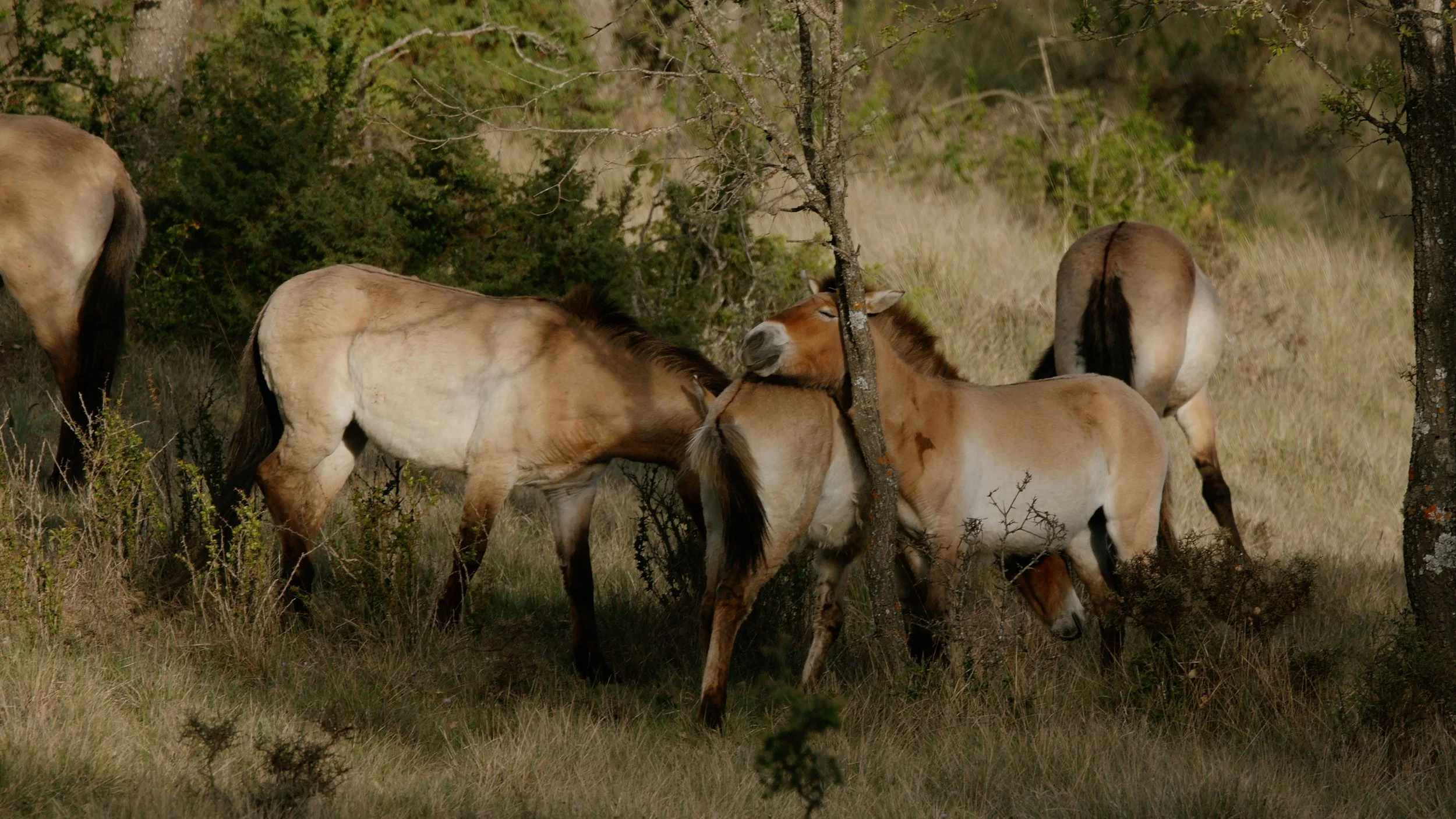
Western Europe’s first free-roaming Przewalski’s horse herd released in Iberian Highlands. Ten of the only truly wild horse species, arrived in May, are soon to roam 5,700 ha. They play an essential ecological role, combating scrub build-up and wildfire risk in the Spanish interior. Grazing fosters biodiversity and habitat diversity, boosting nature-based tourism and aiding environmental education. Read more >

Traditional sein fishing revives whitefish in Koitajoki. Generations have practiced river seining, reflecting a longstanding tradition. However, since the 1950s, human activities like hydropower construction and peat extraction have altered the river, covering whitefish spawning areas with mud. With ELSP funding, young fishers Karoliina Lehtimäki and Lauri Hämäläinen are learning the seining traditions to rejuvenate the fishery by removing excess mud. Read more >
ELSP projects are contributing to the delivery of the UN Sustainable Development Goals and the Convention on Biological Diversity Global Biodiversity Framework targets.
The majority of Endangered Landscapes & Seascapes Programme funding is used to support on-the-ground restoration work across Europe, with further grants to support planning, knowledge development and community engagement through the arts. In 2023, 5.6% of funding was used to fund programme administration in Cambridge, UK. A distribution of all ELSP expenditure for 2023 is shown below in US dollars.
| Activities | Programme total to-date | % | 2023 expenditure | % |
|---|---|---|---|---|
| Restoration grants | $27,733,114 | 87.4% | $6,190,784 | 80.8% |
| Planning Grants | $1,183,041 | 3.7% | $587,796 | 7.7% |
| Enabling restoration | $1,458,710 | 4.6% | $453,677 | 5.9% |
| Programme management | $1,372,851 | 4.3% | $425,536 | 5.6% |
| Total | $31,747,717 | 100% | $7,657,793 | 100% |
A major development for the Endangered Landscapes & Seascapes Programme in the year ahead will be the launch of a grant-making programme dedicated to marine (seascape) restoration. This is urgently needed: despite the economic and social importance of marine ecosystems, a 2021 report by the European Environment Agency found that Europe’s marine ecosystems are in decline and almost all marine species groups appear to be in bad condition. The ELSP’s seascape restoration grants will help give focused attention to reversing some of those declines.
The vision and successes of projects funded by the ELSP are a clear indication of the possibilities of ecosystem recovery, giving all those who witness the return of nature to these landscapes reason for hope. As we approach the mid-point of the UN Decade on Ecosystem Restoration (2025) they act as an important showcase that inspires and informs. This is especially important in the European Union, as member states enter uncharted waters with their duty to comply with the new Nature Restoration Law (NRL). To have meaningful impact the NRL needs to be implemented at landscape scale – the ELSP has a lot to offer by way of demonstrations of good practice, lessons, tools and inspirational stories of leadership and change. We invite you to sign up for our regular news updates and follow us on our journey.



